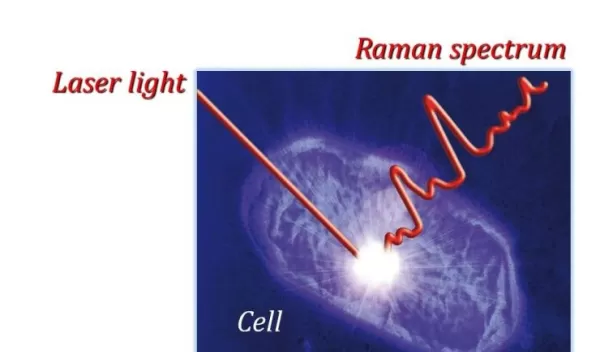
Cell chemistry illuminated by laser light
Raman microspectroscopy is a laboratory technique used to produce molecular fingerprints of materials and biological specimens. However, to date, fluorescence has interfered with effective application of this technique and limited its use. The fluorescence may result from the compound analyzed or from fluorescent impurities in the sample.
Now, Gordon Taylor of Stony Brook University and colleagues have devised a photochemical technique that suppresses fluorescence in sample preparation. The technique may open the door to more efficient and highly resolved investigations of chemical distributions in individual cells. The findings are published in Scientific Reports.
Performing the work required a spectrum-spanning raman-atomic force microspectrometric system. NSF provided support for acquiring this system through its Major Research Instrumentation program.
Characterizing cell-to-cell and intracellular variations in biochemistry is critical to understanding research that covers broad areas, including cancer, human development, cell biology, antibiotics exploration and environmental biology. Laser-based Raman microspectroscopy is one of only a few tools scientists can use to observe molecular distributions in intact individual cells.
Taylor and his team demonstrate how their photochemical technique overcomes challenges presented by biological samples, and figuratively "tears down the fluorescent curtain." Researchers can then trace cellular assimilation of isotopic tracers, document intracellular biochemical changes, and analyze diverse environmental samples.
"Our new technique could prove to be a game-changer for many types of cellular research," says Taylor.
So far, the investigators have used the technique to look at cell-to-cell variations in growth rates of phytoplankton; observe viral infections inside phytoplankton cells; trace movements of nutrients from marine bacteria into microbial predators; and identify and quantify microplastic particles in marine plankton samples.
